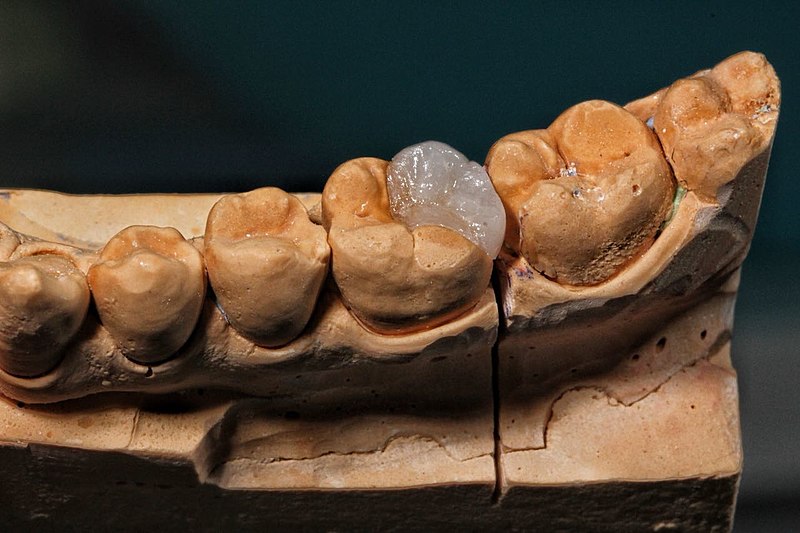Iron-oxide nanozymes could help fight cavities
Date: 27.10.2021
For people with particularly cavity-prone teeth, daily brushing and flossing aren't always enough. A new treatment could help, as it uses tiny particles known as nanozymes to break down plaque and kill cavity-causing bacteria.
 Currently being developed by scientists from the University of Pennsylvania and Indiana University, the experimental technique incorporates two main components: a solution which is applied to the teeth, and a hydrogen peroxide rinse that is subsequently swished in the mouth then spat out.
Currently being developed by scientists from the University of Pennsylvania and Indiana University, the experimental technique incorporates two main components: a solution which is applied to the teeth, and a hydrogen peroxide rinse that is subsequently swished in the mouth then spat out.
The solution is called ferumoxytol, and it's already FDA-approved for the treatment of iron-deficiency anemia. It contains iron-oxide nanoparticles that have enzyme-like qualities, and are thus referred to as nanozymes.
Once the ferumoxytol has been applied to the teeth, the nanozymes bind to receptors on the cell membranes of cavity-causing Streptococcus mutans bacteria. When the hydrogen peroxide rinse is subsequently introduced, the iron oxide serves as a catalyst that converts the hydrogen peroxide into oxidants. Those oxidants kill the bacteria by rupturing their membranes, plus they break up the plaque biofilms produced by the bacteria, for easier removal.























